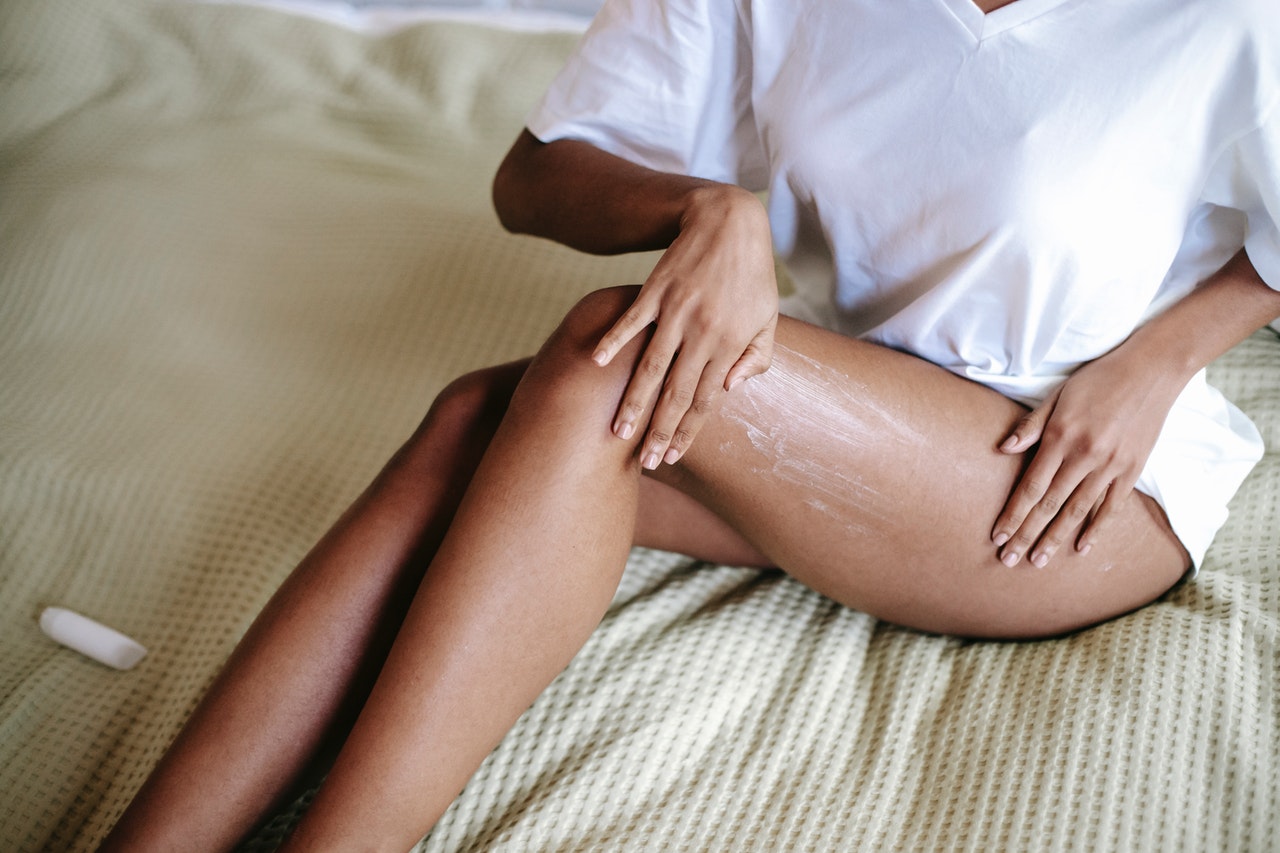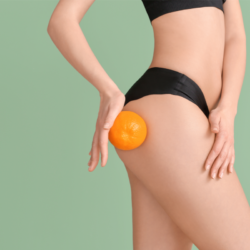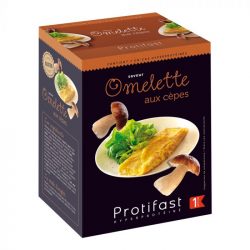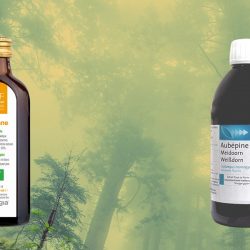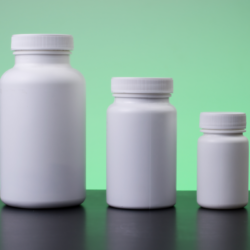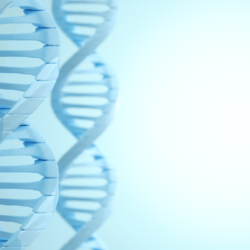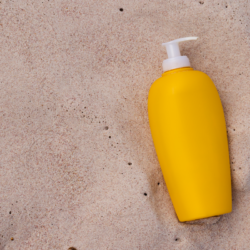Veno-lymphatic insufficiency is a benign condition, but sometimes very disabling and unsightly. In France, nearly 20 million people suffer from their “return circulation” to varying degrees. And only 30% are treated, probably because they are not offered many solutions apart from restraint. This is a pity, because phytotherapy offers effective remedies that were long reimbursed by the health insurance system before the latter decided that it no longer wanted to cover so-called “benign” diseases. However,venous insufficiency can be complicated by venous thromboembolic disease (VTE) with venous thrombosis (VT), also known as phlebitis, and its most serious complication, pulmonary embolism (PE). (1) In 2010, this pathology was responsible for more than 15,600 deaths and 125,000 hospitalizations. Other complications include ochre dermatitis, phlebectasis, stasis hypodermatitis, lipodermatosclerosis and varicose ulcers. (2) Patients may also present couperose, cellulitis and haemorrhoids in relation to their venous insufficiency. Genetic predisposition plays a major role in all of these. Venous insufficiency is classified into 6 stages (3):
- C0: No visible or palpable sign of venous disease on examination.
- C1: Presence of telangiectasia or varicosity.
- C2: Varicose veins.
- C3: Oedema with or without varicose veins.
- C4: Trophic disorders (pigmentation, ochre dermatitis, varicose eczema, etc.).
- C5: Trophic disorders and venous ulcer scars.
- C6: Trophic disorders and open ulcers
It is estimated that 75% of French people will be affected by varicose veins of varying degrees of severity during their lives and 25% will require surgery. These varicose veins are responsible for more than 50% of leg ulcers. But even without reaching these extremes, many patients complain of symptoms of venous insufficiency from the first heat and solutions exist to help them, especially as they are rare those who support the contention in full summer. In this article we will review the main veinotonic plants which are fragon, red vine, sweet clover, horse chestnut, witch hazel and bilberry.
Fragon (little holly) Ruscus aculeatus
Thanks to its active ingredients, the most important of which is ruscogenin, which is above all one of the reference venotonic molecules, fragon is a powerful venous vasoconstrictor which opposes the distension of the venous wall (4) Fragrance also has the following properties:
- Diuretic
- Anti-inflammatory
- Anti-edematous
The fact that ruscogenin has a name derived from the Latin name of Fragon shows how this plant is part of the basis of the phytotherapeutic treatment of veno-lymphatic insufficiency. Fragrance can be recommended in particular for varicose veins, veno-lymphatic insufficiency, heavy legs and cramps. It can also improve retinal circulation. The effective dose is about 10 mg of ruscogenin per day. Precautions for use : As with most herbs active on the circulation: Do not use in the last trimester of pregnancy, as this increases the risk of bleeding during childbirth. Not everyone agrees on this precaution, but the lack of studies obliges us to remain cautious.
Red vine (Vitis vinifera)
The term “red vine” is used because the leaves of the black grape vine are used when they turn red in the autumn. It is the other major veinotonic plant. It contains antioxidant active ingredients such as polyphenols including anthocyanosides, procyanidolic oligomers (OPC) and flavonoids. Flavonoids are sometimes referred to as “vitamin P”, which are powerful antioxidants and explain the protective action of the venous walls. Thanks to these molecules, red vine has properties (5) on :
- Increase in the resistance of the walls of the veins and capillaries
- Decreases their permeability.
- Anti-oedematous action
- Prevention of the alteration of the venous network
- Retinal protection
Red vine is used in cases of venous insufficiency, oedema of the lower limbs and varicosities. The effective dose is about 500 mg of dry extract of red vine titrated to 10% polyphenols per day. But this dose can easily be doubled according to individual needs, as it is a very well tolerated plant. Precautions for use : Do not use in the last trimester of pregnancy
Horse chestnut (Aesculus hippocastanum)
The chestnut (seed) of this ornamental tree originating from Asia (not India) and introduced in Europe in the 17th century is used. It contains aescin, flavonoids and coumarins (in small quantities). It is a vasoconstrictor that increases venous tone. It reduces capillary permeability and strengthens their resistance. (6) The properties of horse chestnut correspond to an action :
- Anti-inflammatory
- Antioxidant
- Anti-oedematous
Horse chestnut is a very good remedy against heavy legs. It is used for venous and lymphatic insufficiency, but also for varicose veins, phlebitis and capillary fragility disorders. Horse chestnut is also used in cases of haemorrhoids thanks to its anti-inflammatory and blood-thinning effect. Posology Horse chestnut extract is preferred because the effective dose is between 80 mg and 150 mg of aescin per day. Precautions for use : Do not use (increases the risk of bleeding time):
- People on anti-coagulants
- In the last trimester of pregnancy
- Before surgery
Melilot (Melilotus officinalis)
This plant is a little less used than the previous ones, but thanks to its active ingredients: flavonoids, coumarins and triterpenes and phenolic acids, including small quantities of salicylic acid, sweet clover is no less effective (7) :
- A powerful venotonic
- Anti-oedematous
- Increase in veno-lymphatic flow
- Decrease in vascular permeability
Sweet clover has also shown its interest in lymphoedema of the arm after axillary curage for breast cancer. It is used in particular in cases of veno-lymphatic insufficiency, oedema of veno-lymphatic origin, varicose veins and capillary fragility, but also in cases of haemorrhoidal crisis. Posology Sweet clover should be titrated to 2% coumarin. Sweet clover extract is therefore to be preferred. Precautions for use : Do not use (increases the risk of bleeding time):
- People on anti-aggregants
- People on anti-coagulants (warfarin and antivitamins K)
- In the last trimester of pregnancy
- Before surgery
Witch hazel (Hamamelis virginiana)
Witch hazel has many active ingredients, including tannins and in particular catechins and proanthocyanidols, but also flavonoids. Witch hazel was used in beard lotions in Quebec. It is known for its properties:
- Haemostats
- Astringent
- Anti-inflammatory
Witch hazel leaf is also a very good vasoconstrictor. It is preferably used in cases of couperose, erythema following prolonged exposure to the sun and varicosities as well as in the protection of the venous walls in general. (8) Precautions for use : No particular precautions
Bilberry (Vaccinium myrtillus)
In phytotherapy, the leaves are used as much as the fruits, which are very rich in active principles such as catechic tannins, proanthocyanidols and flavonoids. In addition to these molecules, the leaves are rich in manganese and chromium. (9) Bilberry leaves are :
- Protective of the vessels thanks to its anti-oxidant composition
- Increases the resistance of the small blood vessels of the epidermis.
- Hypoglycemic (high chromium content)
They are preferably used in cases of varicosities and couperose veins in order to protect the small vessels, but also the retina. They also help to regulate blood sugar levels. Precautions for use : Potential interaction with anti-platelet aggregation agents
Our general advice to accompany food supplements
Phytotherapy, as effective as it may be, must not make us forget the other elements of management ofveno-lymphatic insufficiency
Compression
This is the most recognised treatment for this condition and the prescription of a support adapted to the patient must be proposed in all cases. Fight against the “mechanical” factors which favour or aggravate the symptoms (10):
- Static positions, standing or sitting,
- Tight clothing
- Crossed leg position
- High heels or, on the contrary, shoes that are too flat and do not massage the arch of the foot sufficiently
- Sedentary lifestyle
- Heat: hot weather, underfloor heating, hot baths (unless followed by cold showers as in saunas)..
Poor breathing
This cause is often forgotten or misunderstood, but breathing plays a very important role in venous return and pressure in the lower limbs. Breathing badly or not knowing how to breathe well can have many consequences on the back, the heart and therefore the circulation of the legs. Yoga, Tai Chi or Qi Quong are good ways of learning to breathe well by using the diaphragm effectively.
Other ways of taking care of yourself (11) :
- Dietary corrections
- Fighting obesity and smoking
- Physical activity
- Healthy lifestyle rules: elevating the feet from the bed, rest periods, elevated legs, cold showers on the legs..
- Physical therapy, massages and lymphatic drainage
- Thermal cures
- Acupuncture
- Targeted homeopathic treatment for heavy legs
Bibliography
Introduction (1)https://www.msdmanuals.com/fr/professional/troubles-cardiovasculaires/troubles-veineux-p%C3%A9riph%C3%A9riques (2)https://www.fedecardio.org/je-m-informe/insuffisance-veineuse-les-situations-a-risque/ (3)https://www.has-sante.fr/upload/docs/application/pdf/2010-12/fiche_de_bon_usage_-_compression_medicale_dans_les_affections_veineuses_chroniques.pdf Fragon (4)WIKIPHYTO – Little holly http://www.wikiphyto.org/wiki/Petit_houx Red vine (5)WIKIPHYTO – Red Vine http://www.wikiphyto.org/wiki/Vigne_rouge Sweet clover (6)WIKIPHYTO – Sweet Clover http://www.wikiphyto.org/wiki/M%C3%A9lilot Horse Chestnut (7)WIKIPHYTO – Horse Chestnut http://www.wikiphyto.org/wiki/Marronnier_d%E2%80%99Inde Witch Hazel (8)WIKIPHYTO – Witch Hazel http://www.wikiphyto.org/wiki/Hamamelis_de_Virginie Bilberry (9)WIKIPHYTO – Blueberry http://www.wikiphyto.org/wiki/Myrtille General advice (10)https://www.vidal.fr/maladies/recommandations/insuffisance-veineuse-chronique-4045.html#prise-en-charge

